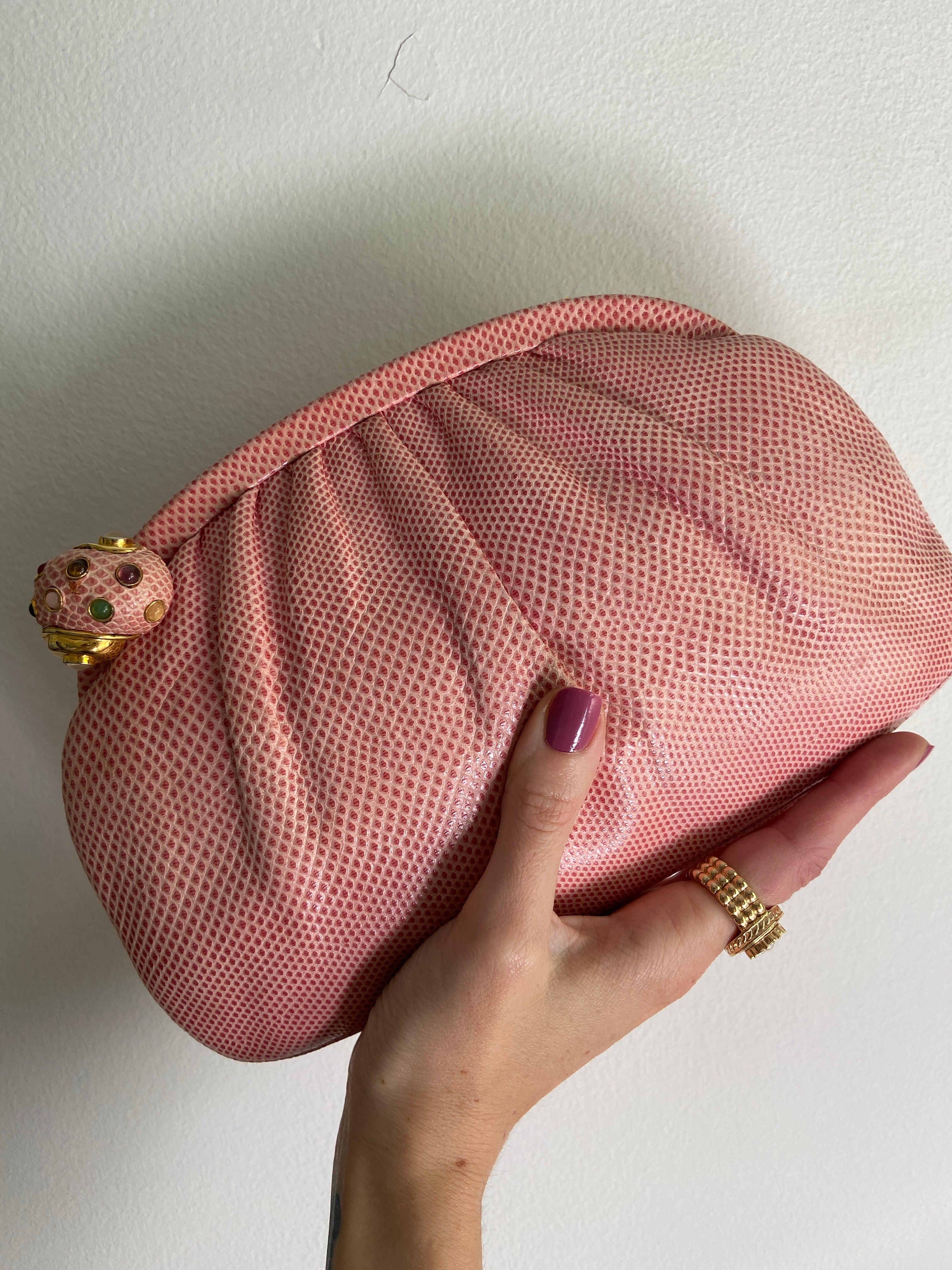
Getting to Know Jewelry Styles with KD
There are a lot of terms that are used to describe jewelry. Victorian, Art Nouveau, Belle Époque, etc are terms that you may hear around when you first start your vintage jewelry journey. Other than just sounding like they come straight out of dusty old history books, what do they mean? When I first started collecting jewelry it was overwhelming just how many styles of jewelry exist. Once I began to learn the terminology, it was easier to build my collection. Since I knew what I liked and the styles that weren’t my favorite. I thought it would be fun to impart some of my wisdom to help you as you build your collection and potentially find new styles to add to your jewelry chest.

Brutalist Silver & Lucite Collar Necklace
The best way to remember the brutalist style is that it is big, bold, yet simple. I know that it can seem a bit contradictory to have something simple while being so big, but the simplicity comes from the design. The brutalist movement was most popular in the 1950s-60s, so it was happening at the same time as mid-century style (think Mad Men and all that Scandinavian furniture). The boldness of the pieces doesn’t just come from the size, but also from the naturalist style of the metals being reminiscent of nuggets, or being formed in a way that is not perfectly symmetrical. Personally my favorite way to style Brutalist jewelry is by pairing it with something simple, like a LBD, and letting the pieces be the real focal point of the outfit.

Art Deco Faux Pearl Statement Necklace

Art Deco Enamel & Rhinestone Brooch

Ben Amun Art Deco Chandelier Earrings
The Art Deco style is probably a style you are familiar with even if you can’t remember why. The style originated in France before WWI and is heavily associated with flappers. If that doesn’t help you remember the style you can always think of Daisy from The Great Gatsby. There is a heavy use of geometric patterns, diamonds, and sometimes contrasting colors. The pieces are chic and excessive, just like any party thrown by the Great Gatsby himself. My favorite art deco pieces of jewelry have movement to them, swinging bits and bobs reminiscent of the beading on a flapper’s dress. The delicate balance of the style between masculine and feminine enables the wearer to style them a multitude of ways. I have been known to throw an art deco brooch on a purse to give a boring bag some personality, or a filigree pendant on with a patterned dress.


Chunky Gold Etruscan Link Bracelet

The Etruscan style of jewelry is part of the Archaeological Revival movement in design. It is modeled off of ancient Roman styles- specifically the Etruscan civilization (if the name didn’t give it away). There will be use of both Greek and Roman motifs in the design. The style dates back to the 19th century inspired by ancient cities that were rediscovered in the 18th century. You will see a use of cannetille (fine metal thread), shell elements, mosaics, gemstones, filigree, and of course Greek key designs. My favorite part of the style is the use of more semi-precious stones, like lapis, agate, and malachite. I think the best way to remember the style is if a piece looks like it came from an ancient city with gold granules and beautiful texture, then it's Etruscan. While the style was the height of fashion with Victorians it pairs well with a lot of styles. I have worn a bracelet with a sundress for a day at the beach, or another time I wore the same bracelet with a cocktail dress out to drinks with friends. It is very versatile.
I hope this sheds some light on some terms that you may have encountered while shopping for pieces. As I said, it helped me immensely when building my collection. It is so much easier to walk up to a dealer and say, “what do you have in art deco pieces,” rather than attempting to explain the design motifs.
Until next time,
STAY GORG!



Leave a comment
This site is protected by hCaptcha and the hCaptcha Privacy Policy and Terms of Service apply.